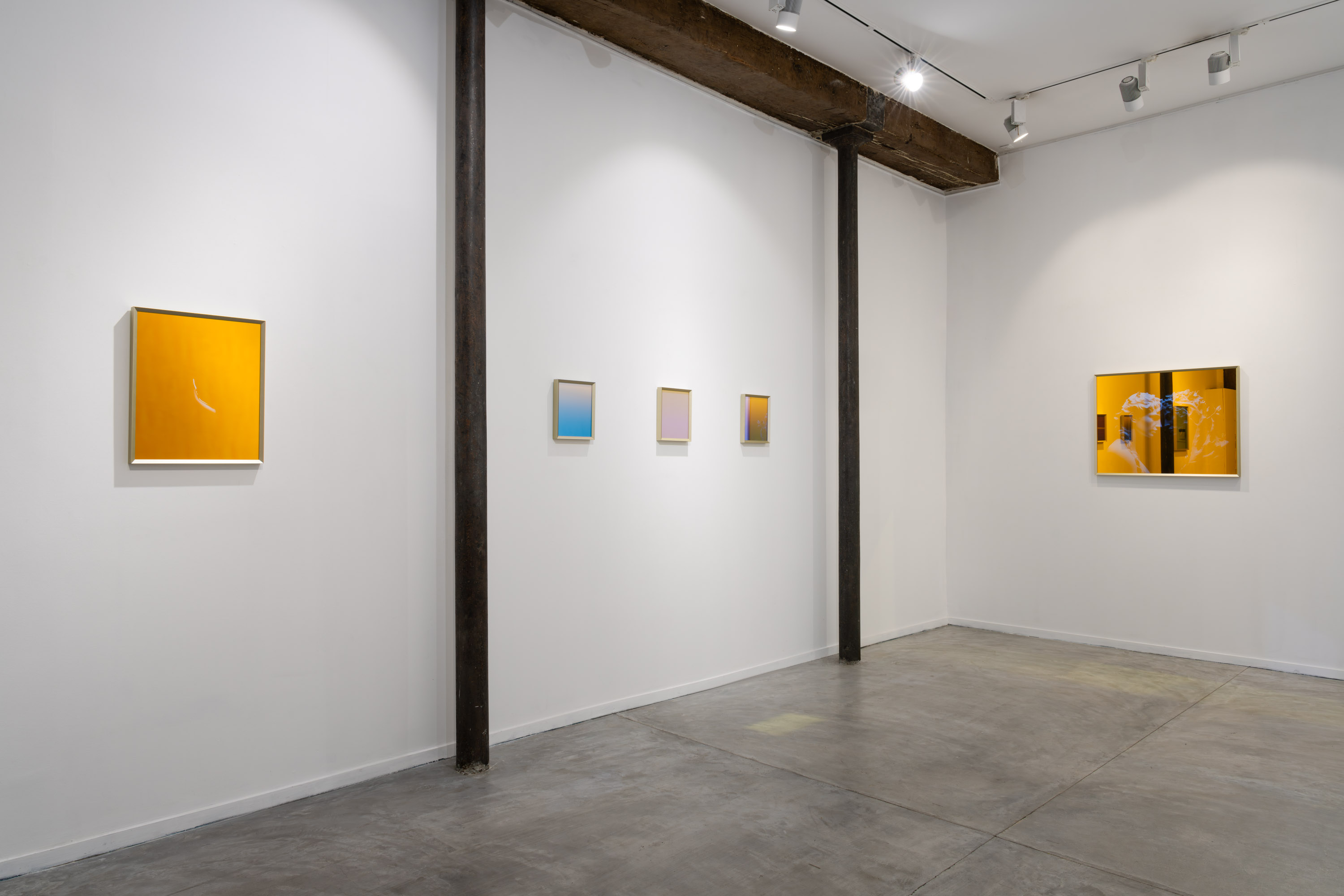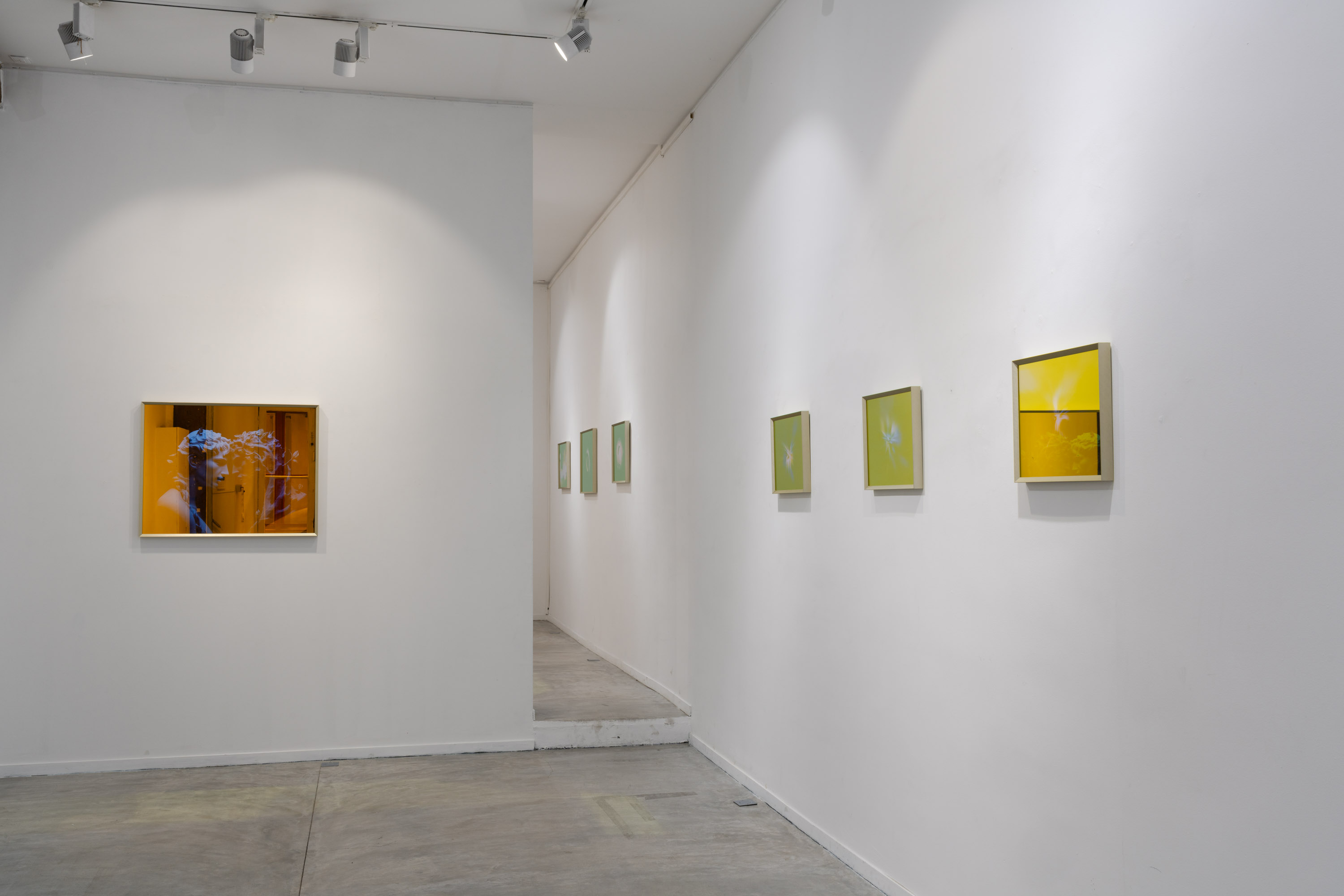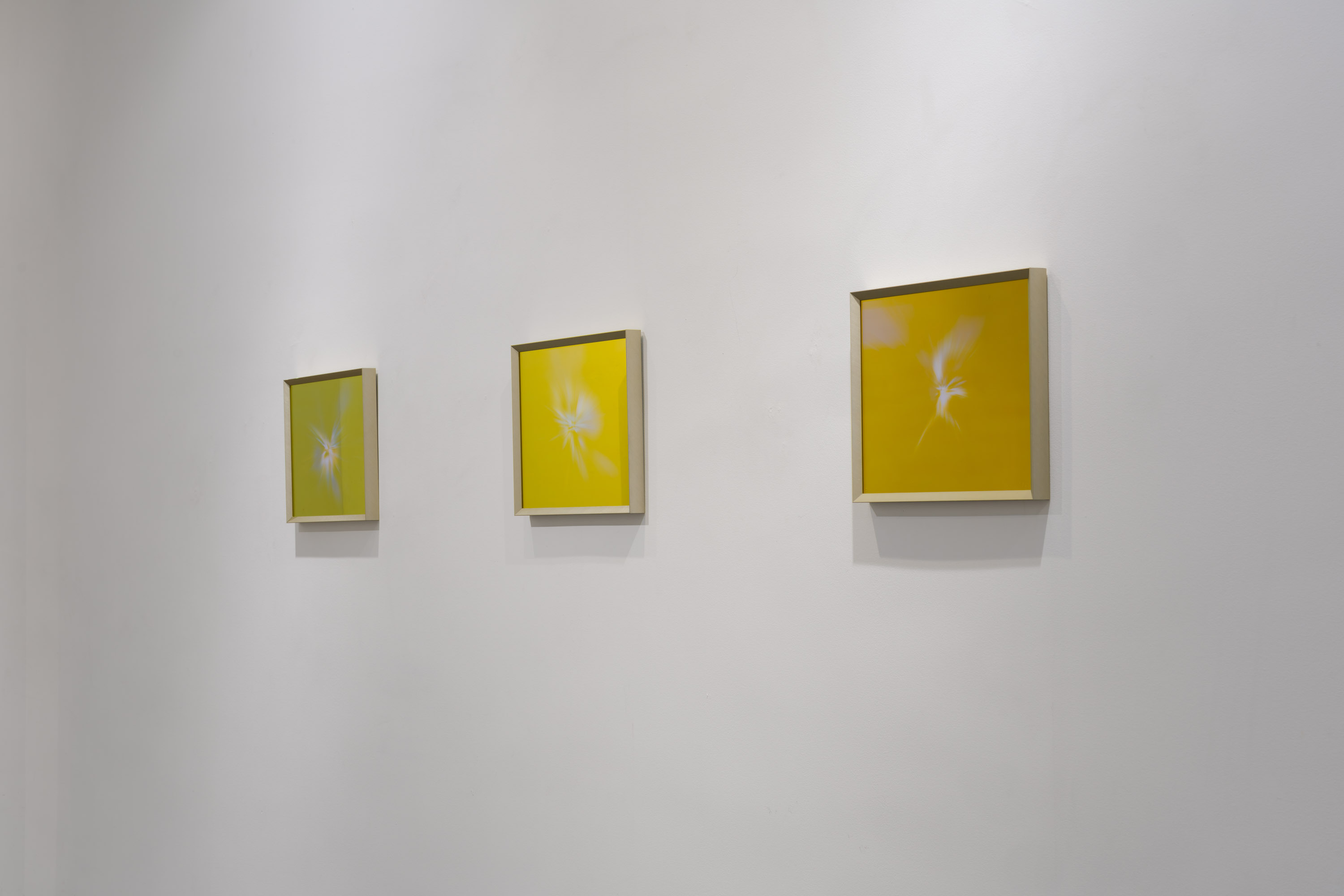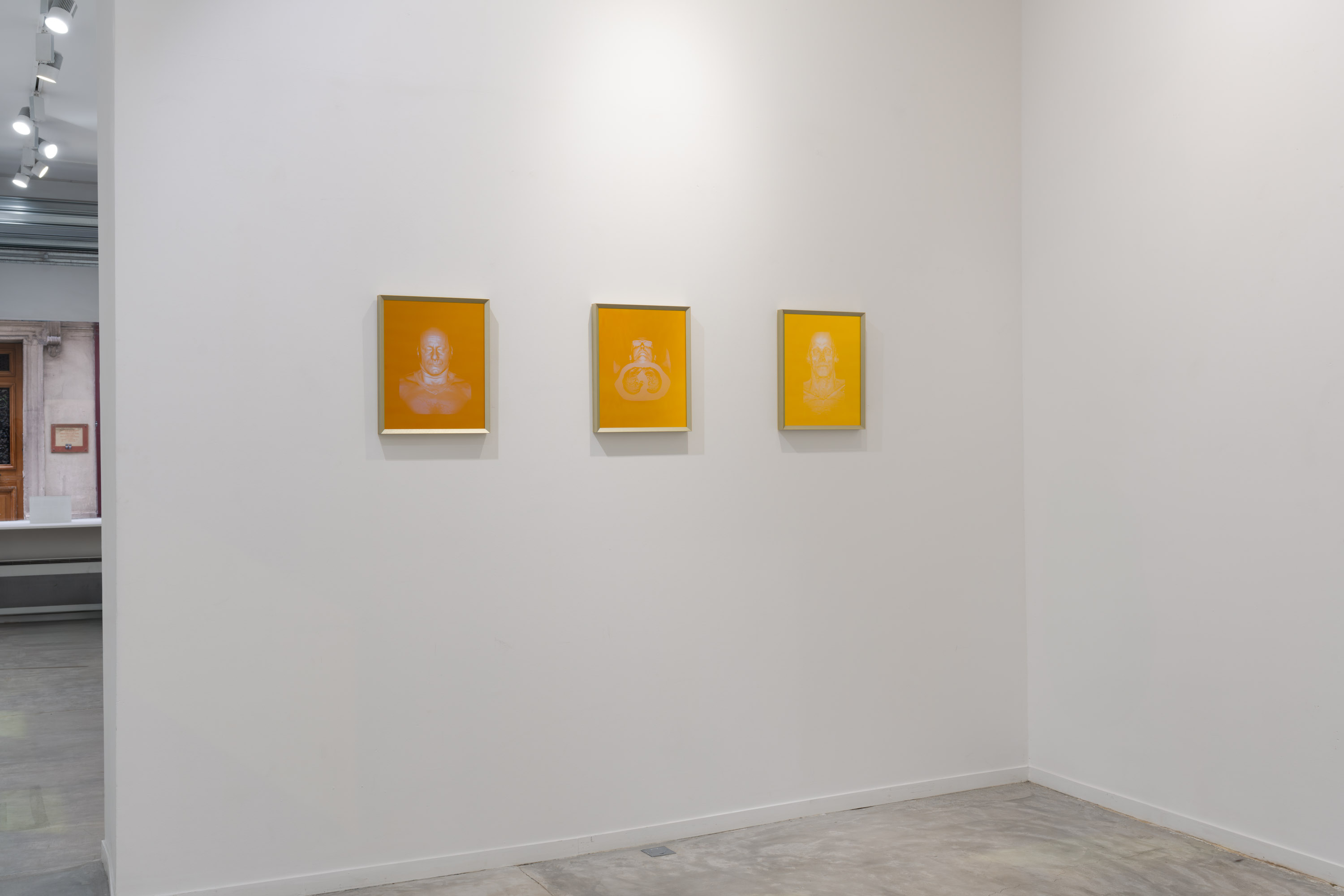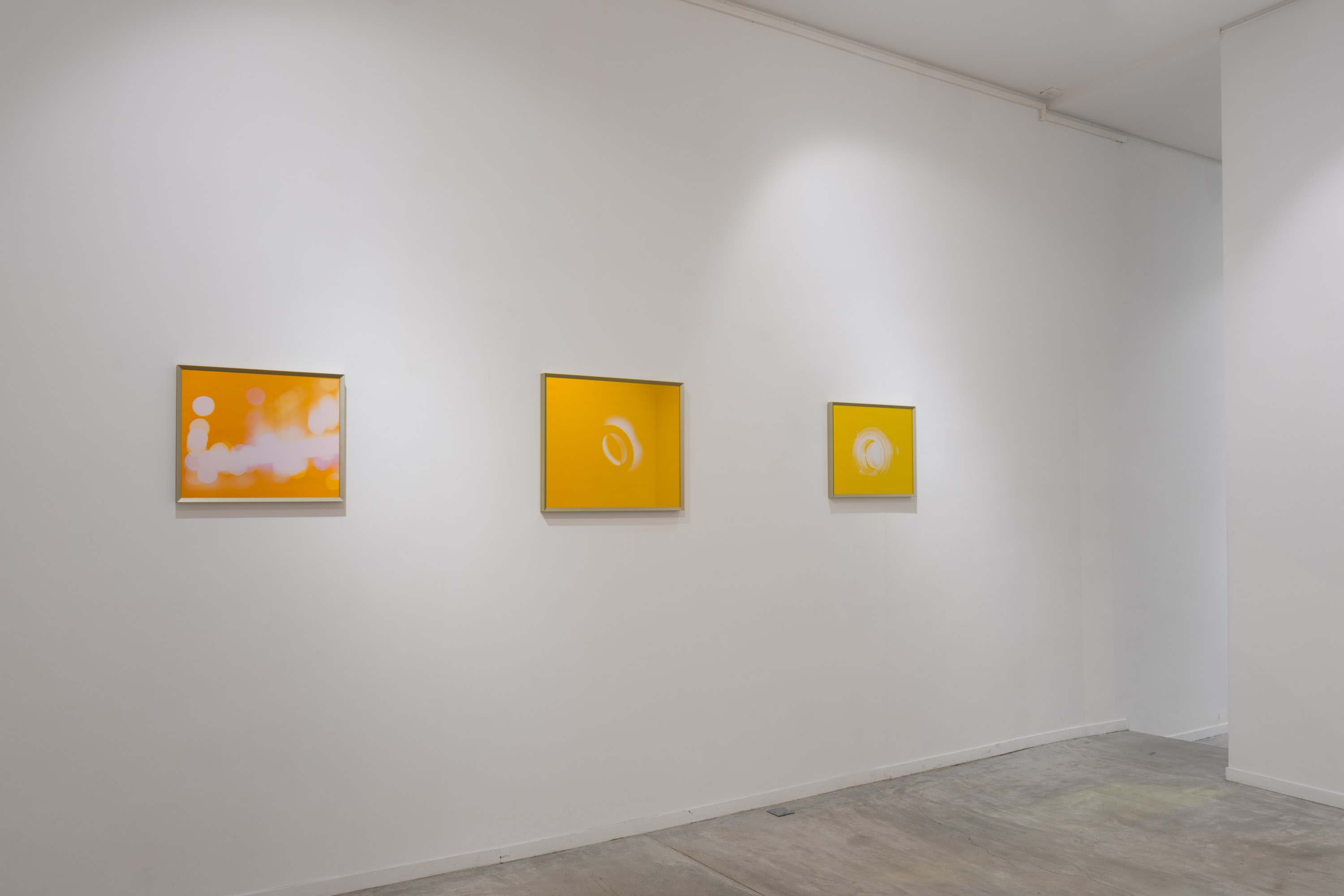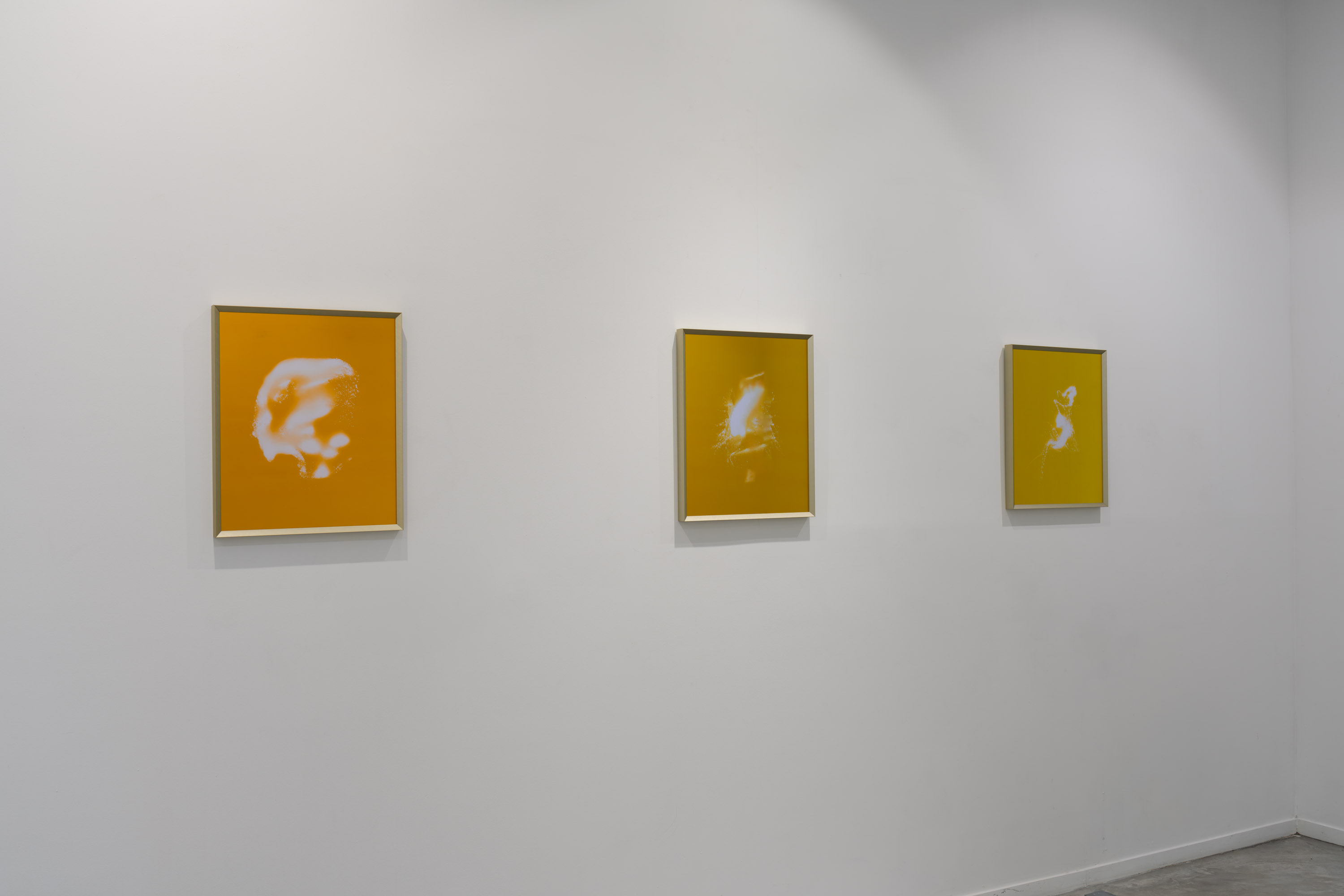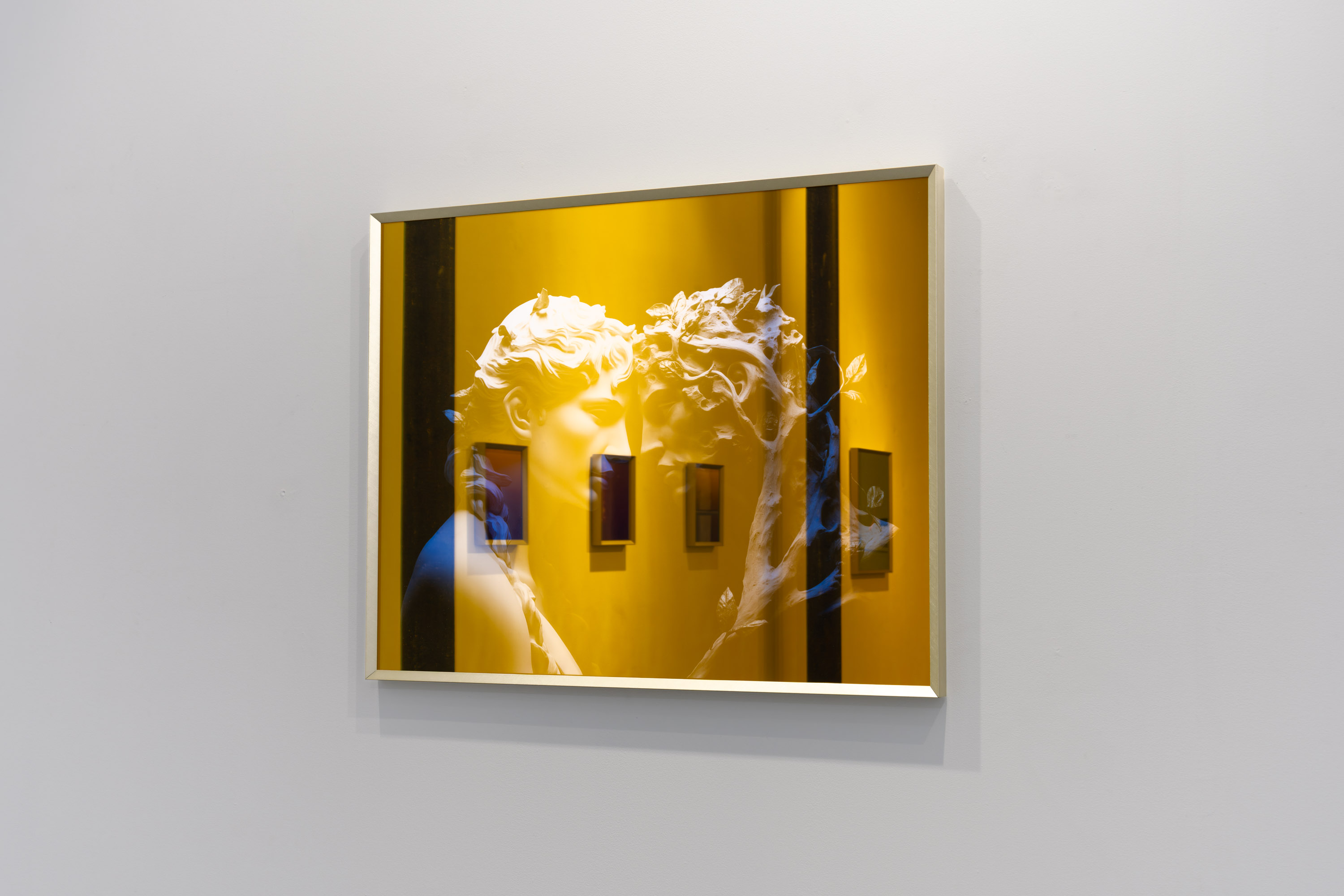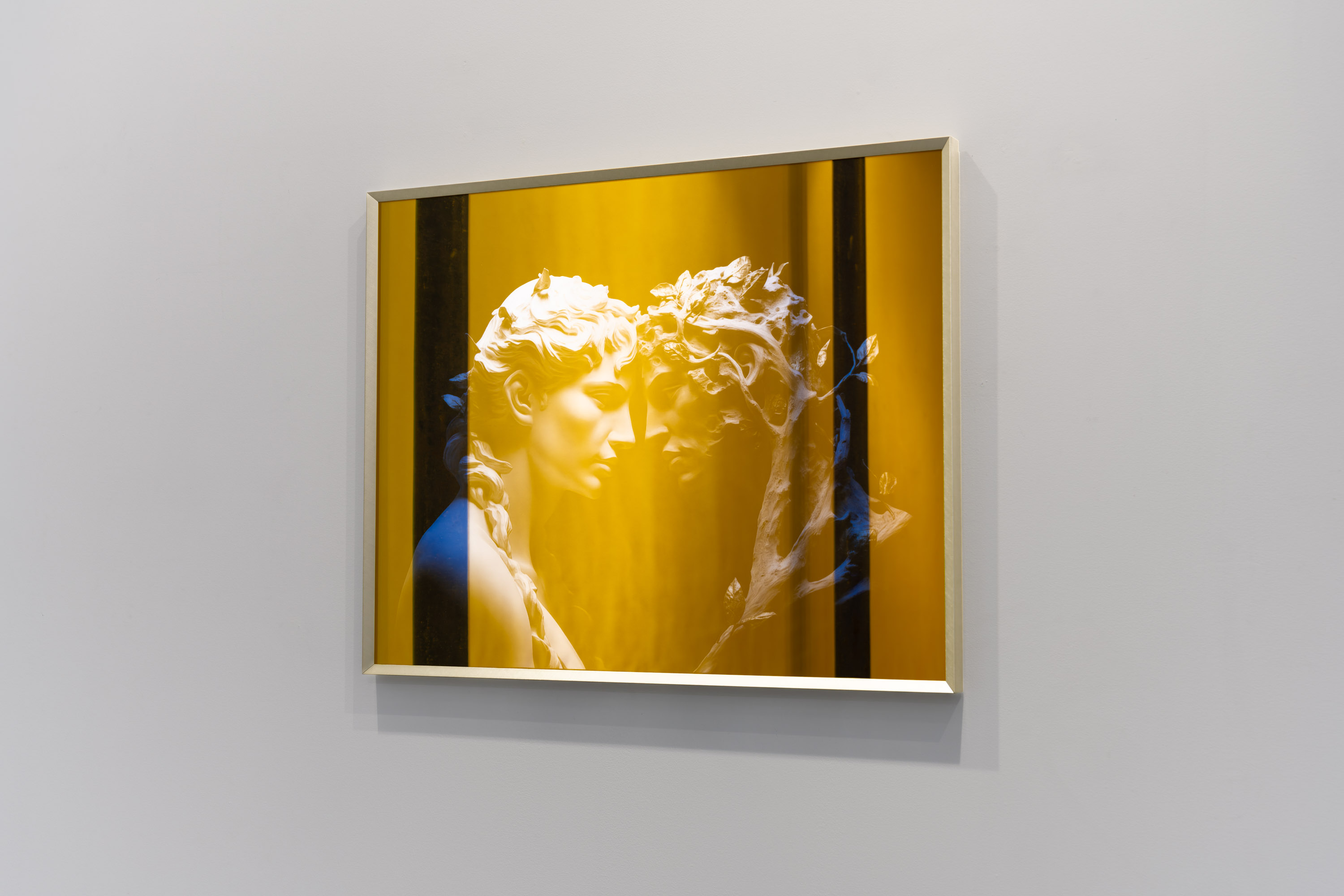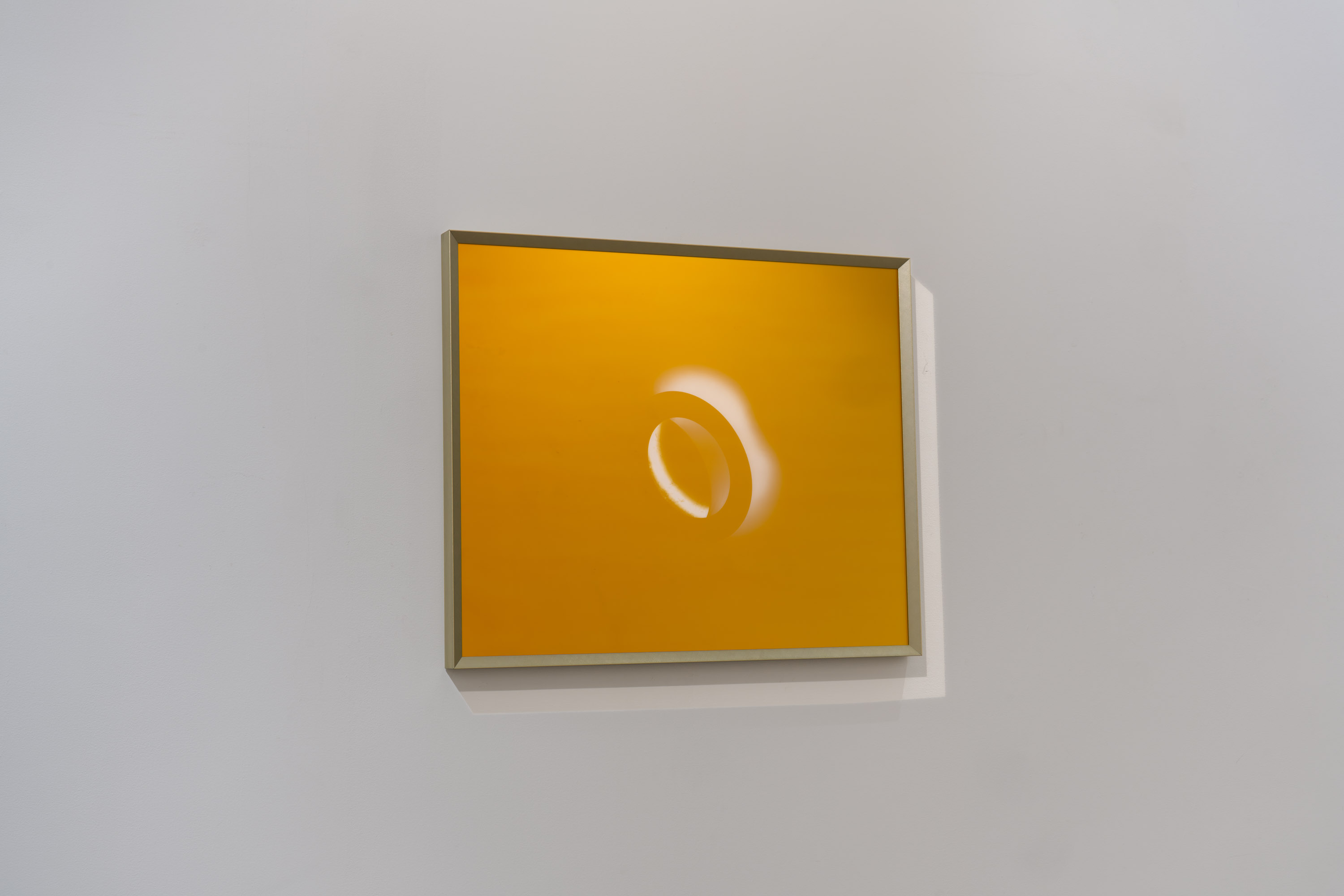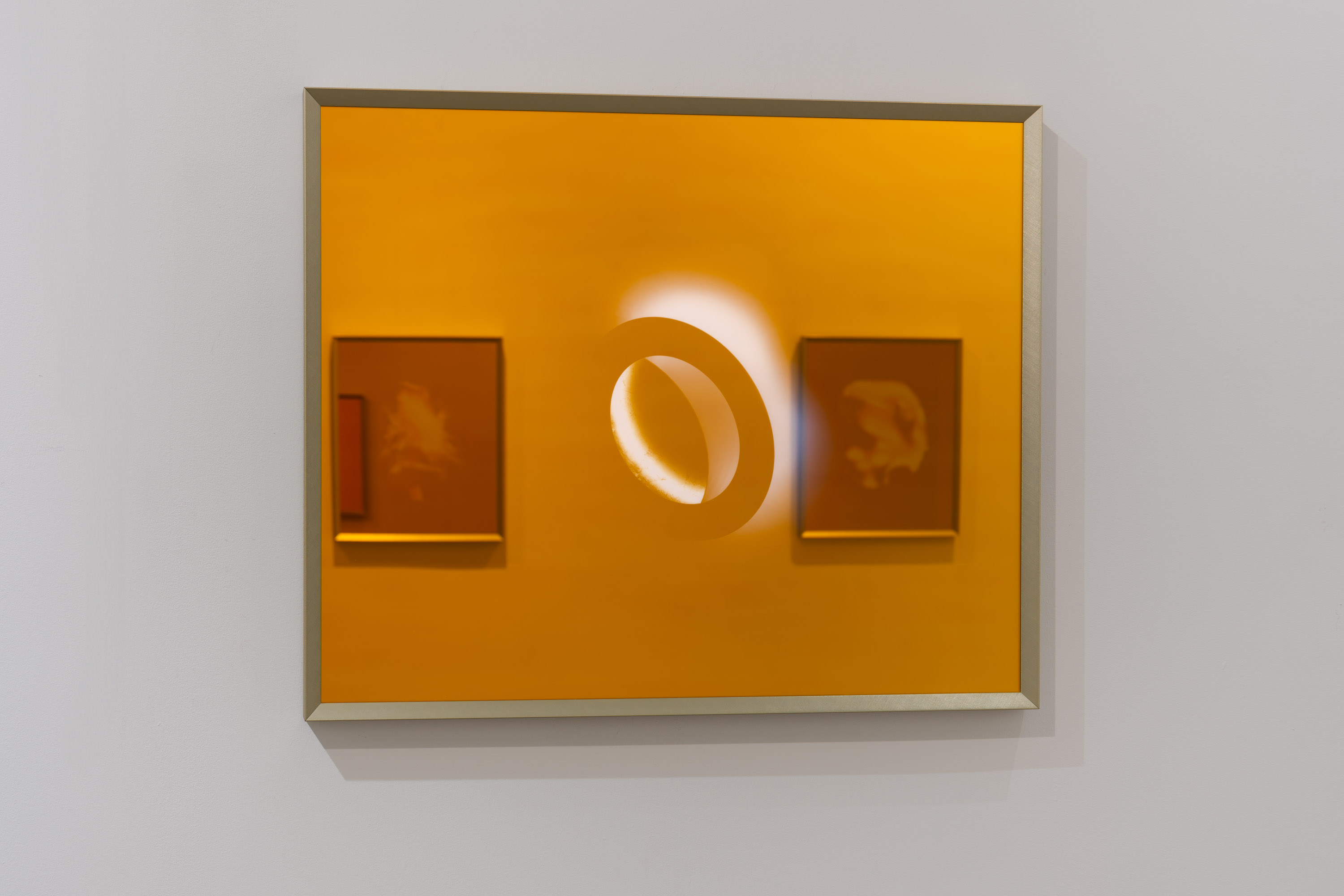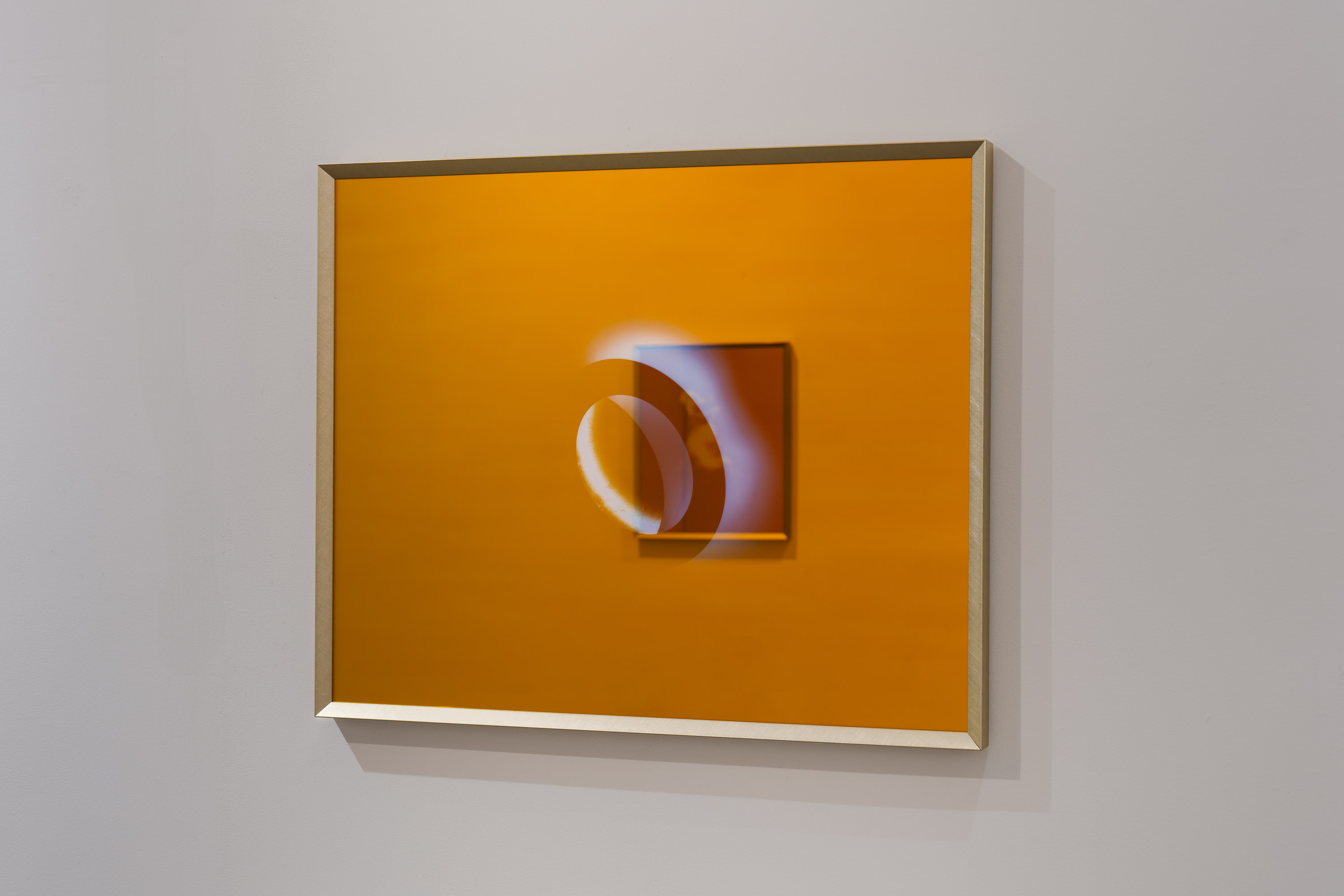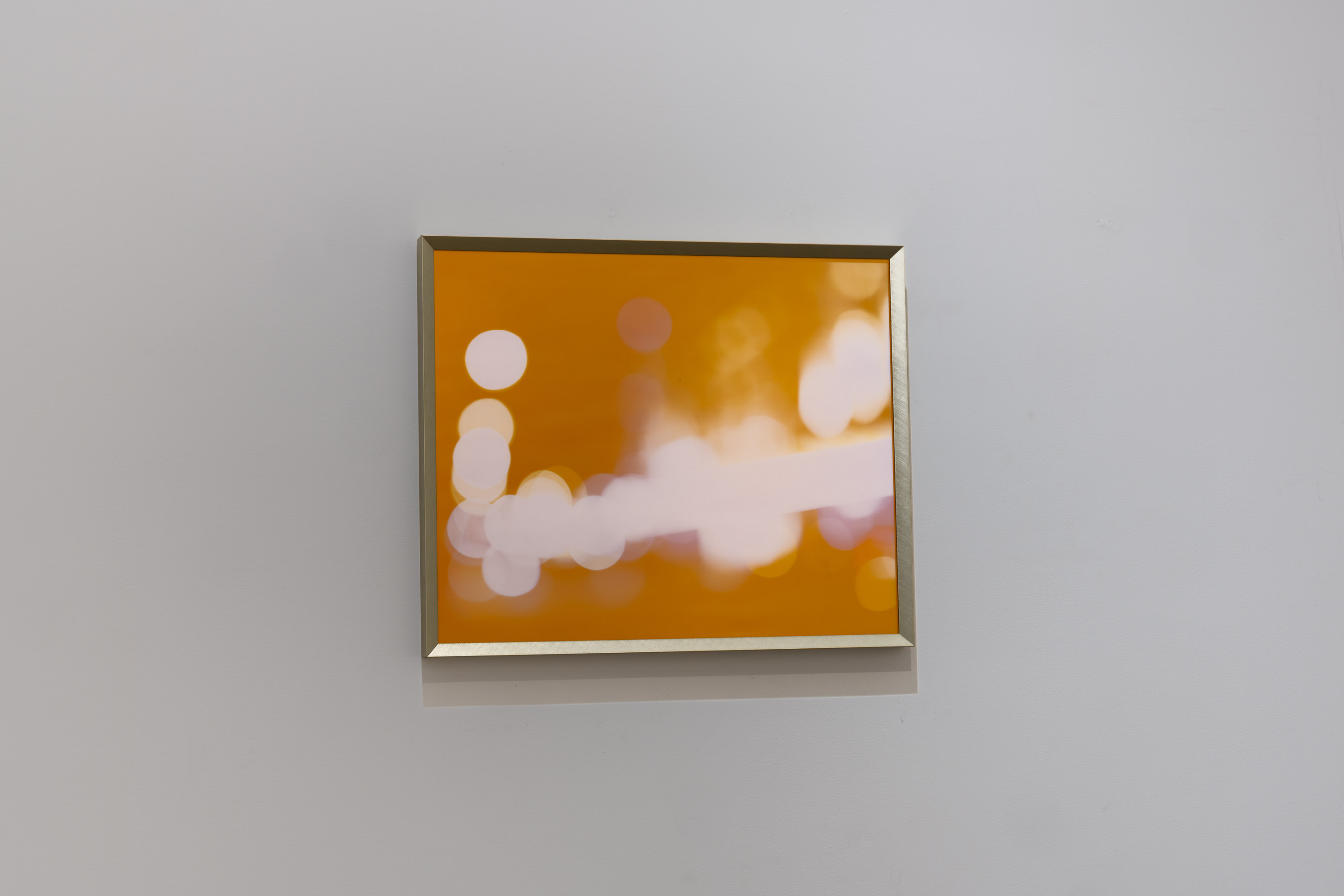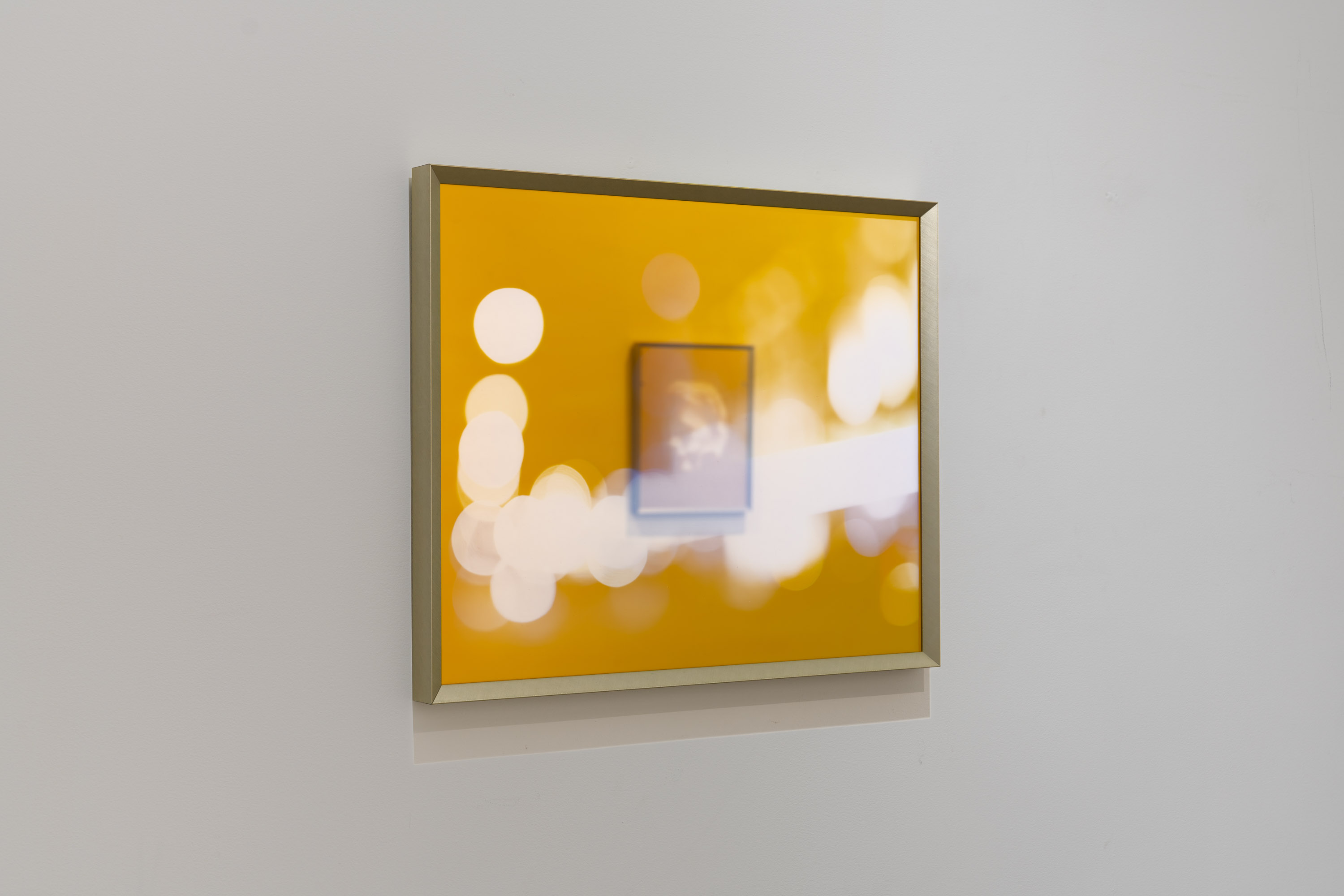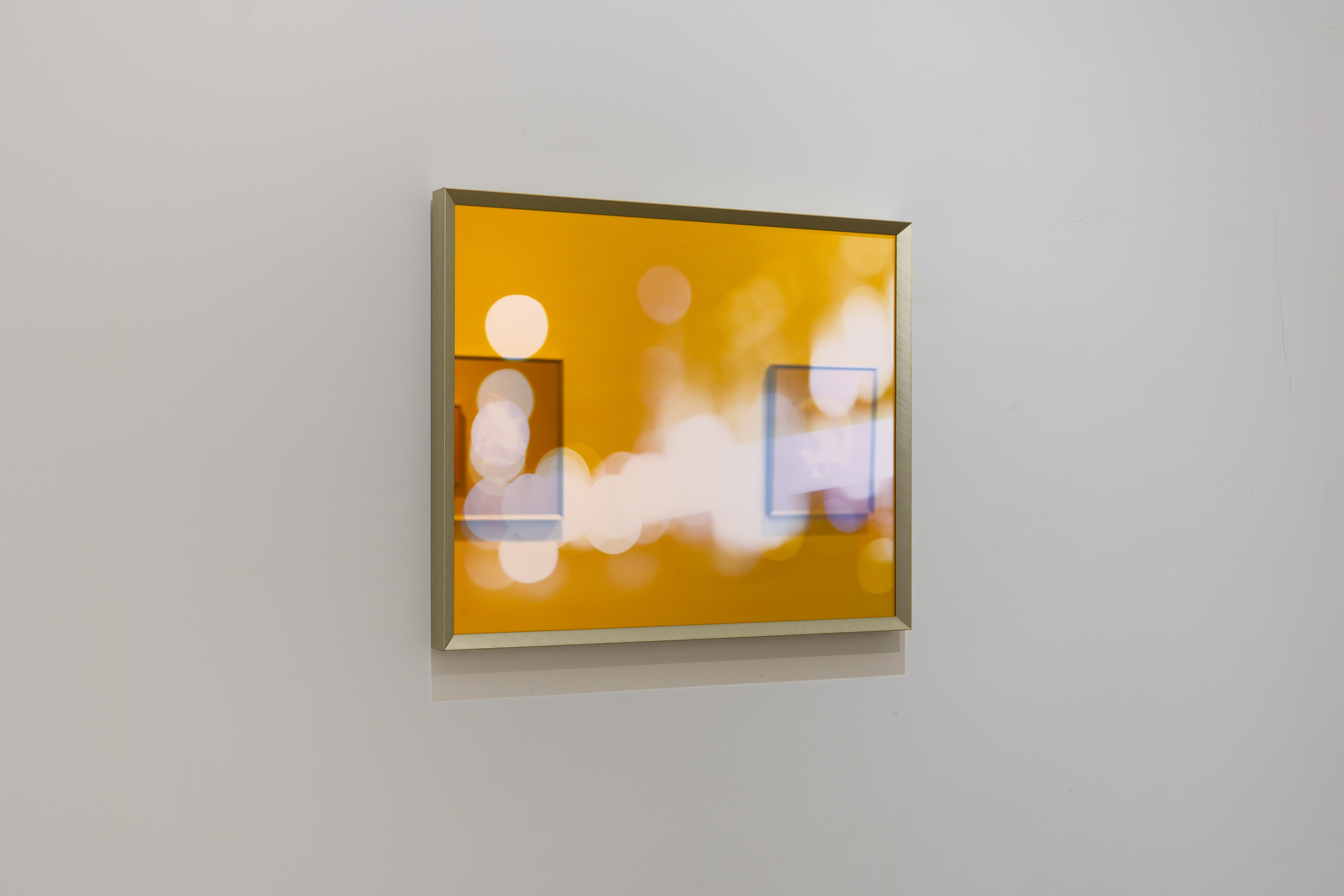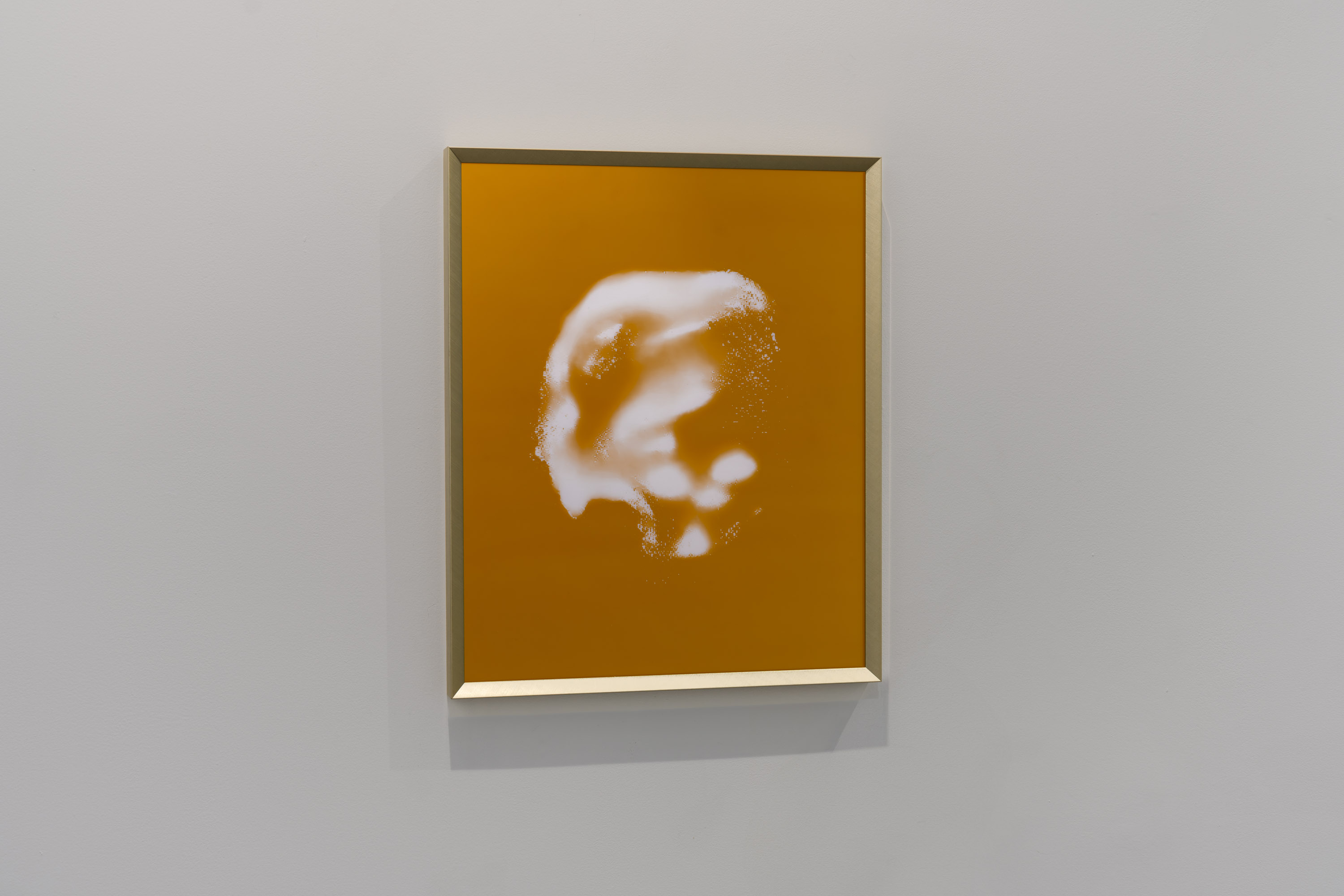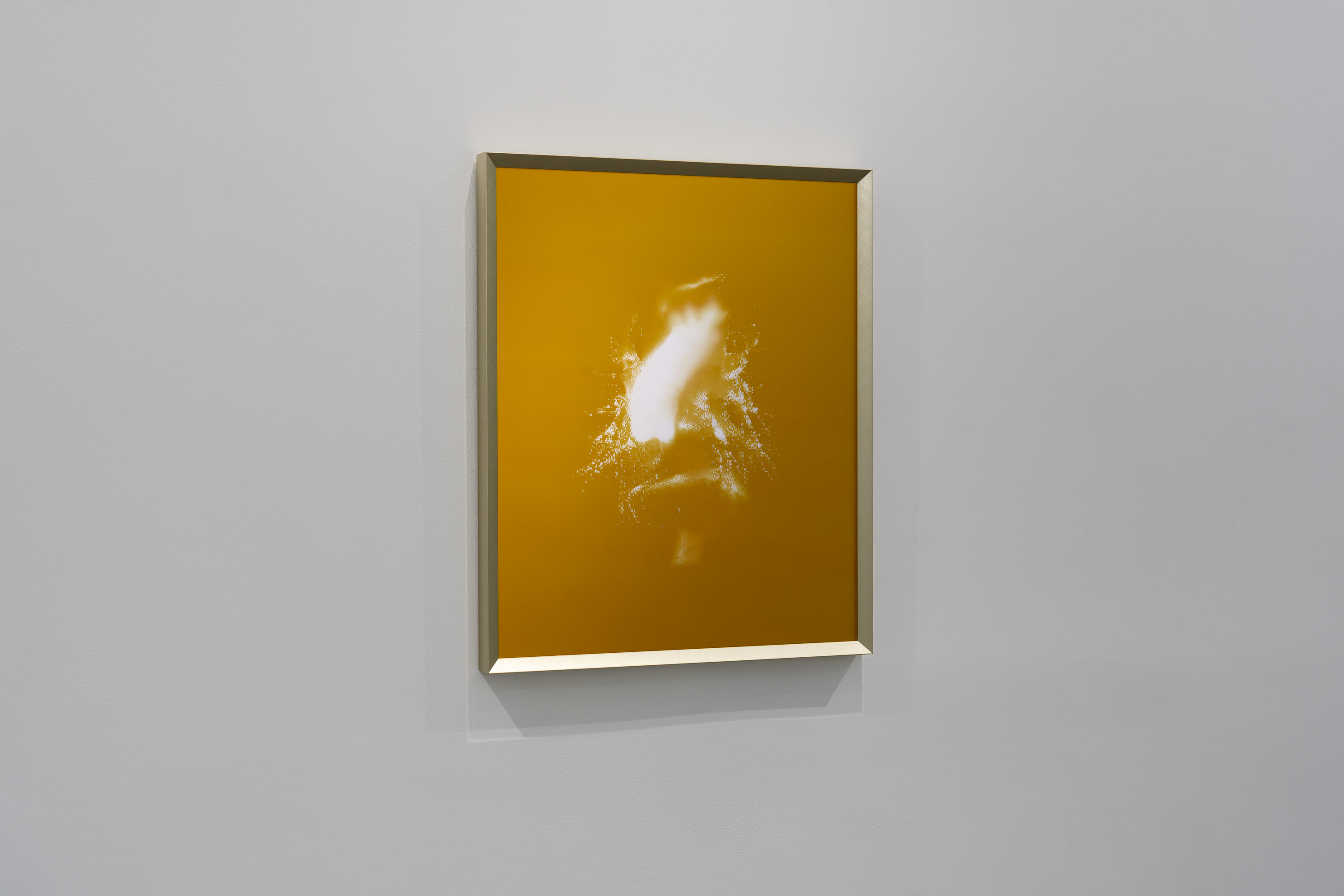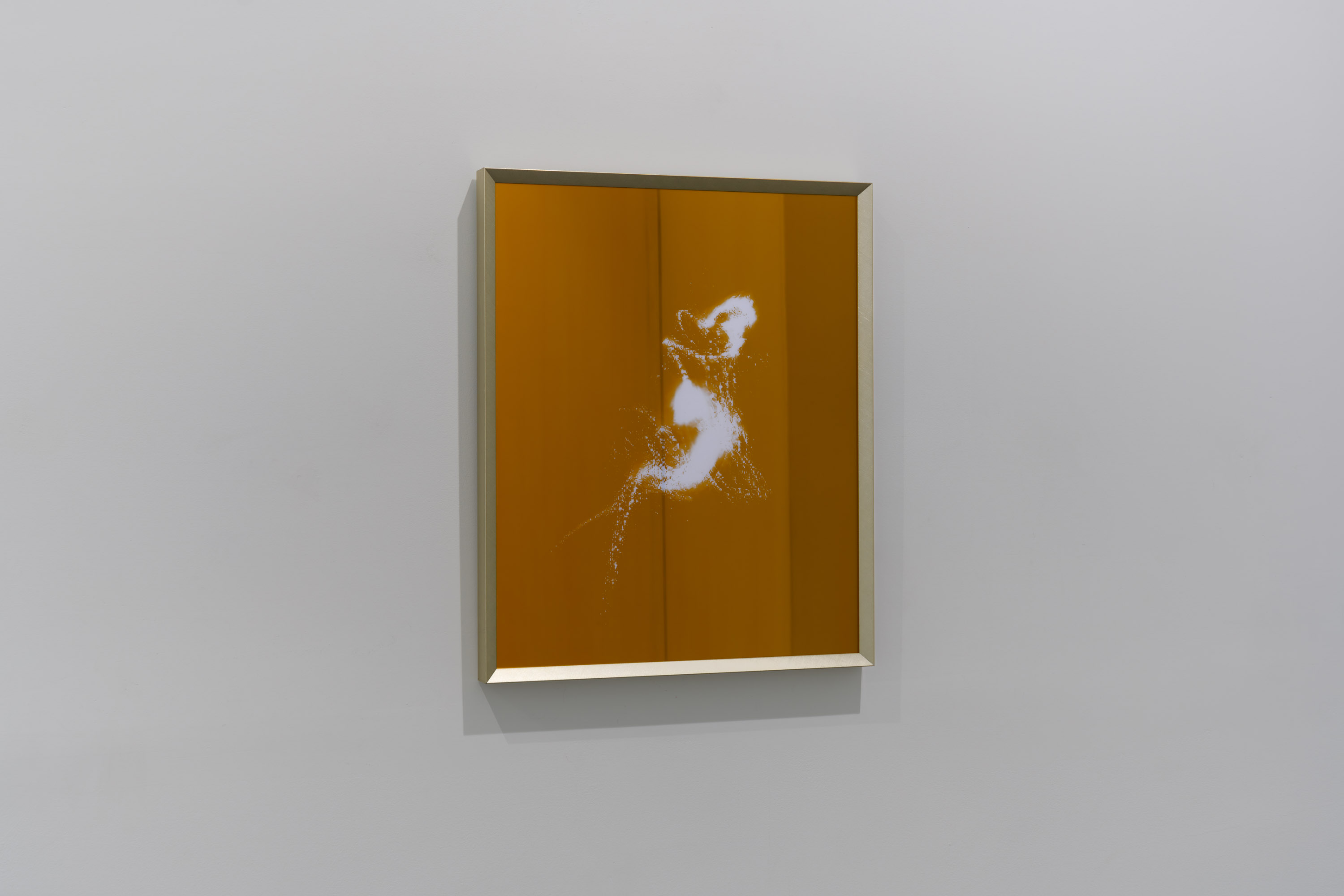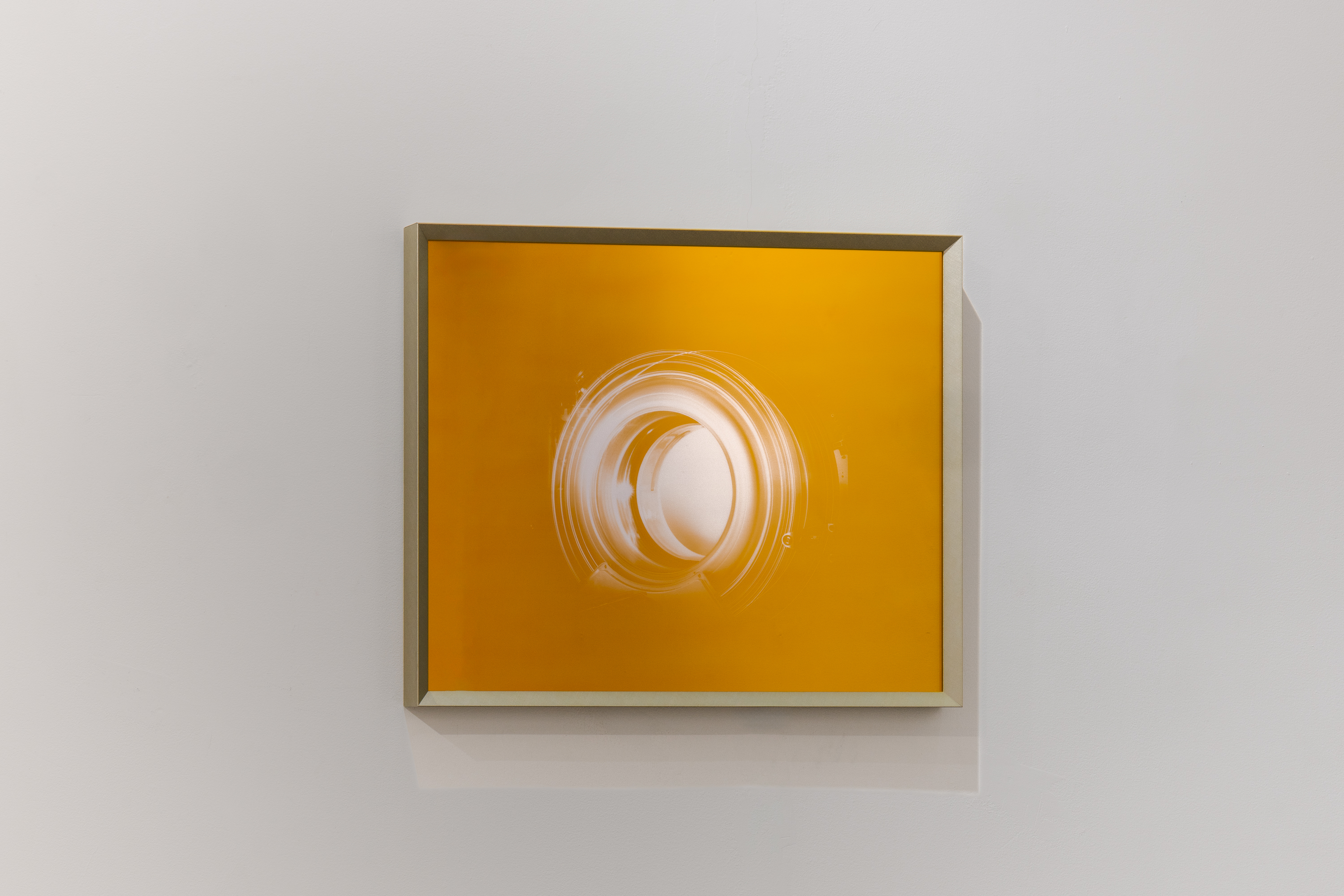Epiderme minéral
If photography stops at the skin’s reflection, radiology was precisely designed to penetrate the fleshly envelope—a boundary crystallizing the separation between two worlds.
The Dichroic collection serves as a metaphor for the process of obtaining my radiological images, where it is necessary to go beyond the skin’s surface to observe the internal organs of the human body. This concept extends to objects and non-living bodies.
This particular type of glass plays the role of a mineral epidermis, reintroducing optical properties into my digital work and creating a certain distance between the subjects and their original anatomical placement (within the body). The subjects appear in a complex way, shifting depending on the viewer’s angle and lighting conditions.
A symbol of life, the heart is the organ the artist has studied most extensively using a specific cardiac MRI sequence that allows for a precise visualization of blood flow.
Through figurative and abstract works, the artist connects three different ways of creating a bodily image: radiological, photographic, and computational (AI).
The Conception (2022) series, composed of three radiological works illustrating a heart, a female silhouette, and a fetus, serves as the creative foundation that led to the subsequent series.
Several radiological creations are presented; some are figurative, approaching photography, while others are more abstract, following their own path.
In parallel, a photographic exploration of the concept of flow has been developed. To further bridge the two worlds, photographs of flow (laminar and light) will be displayed through a mineral prism.
Radiology and photography resonate together under the concept of the mineral epidermis.
AI plays an increasingly important role in digital art. While highly efficient in photography due to extensive training, AI struggles to create radiological images, though it can interpret them. One of the exhibition’s works is a dreamlike representation of Adam and Eve, generated by AI.
The cycle comes full circle with a photographic capture of "the heart of imaging." A photograph of the inside of a moving CT scanner is displayed under dichroic glass, a mineral representation of the machine’s "cutaneous envelope."
Each work derived from medical imaging was created with the informed consent of the patient


